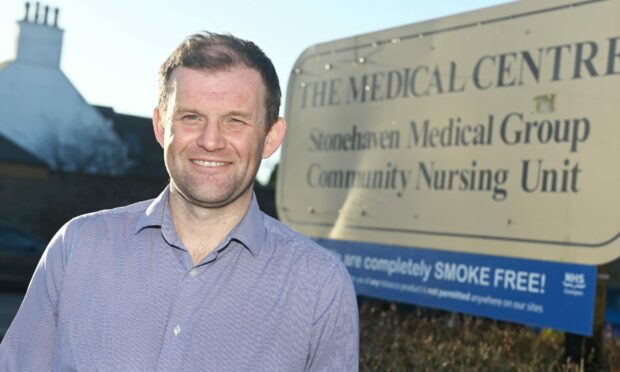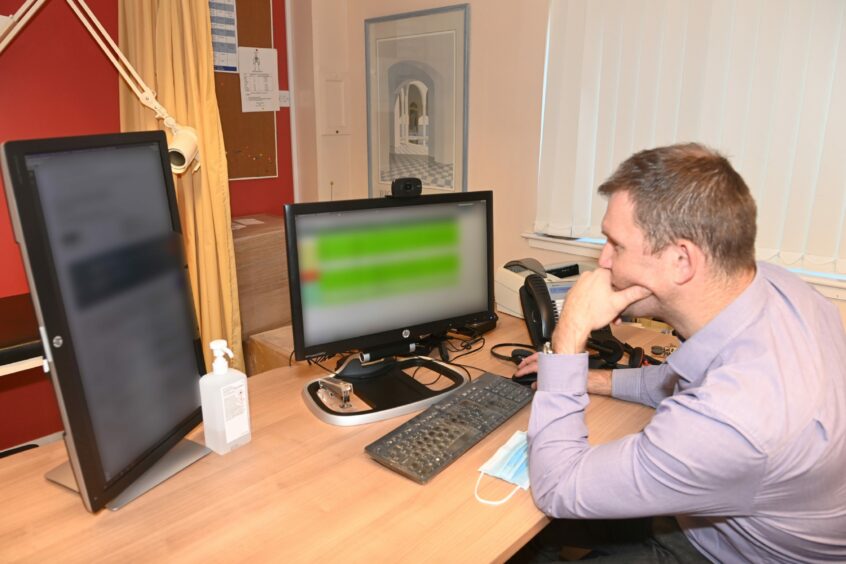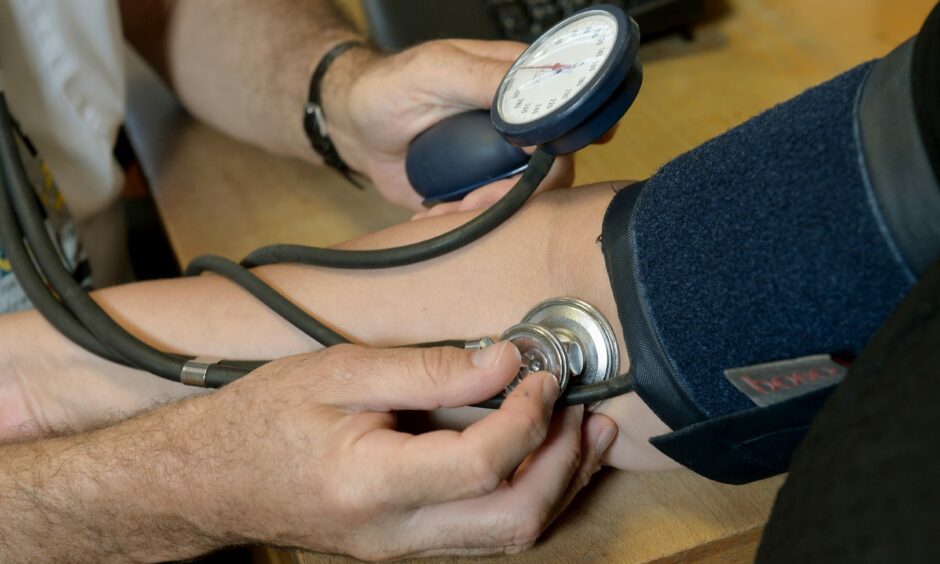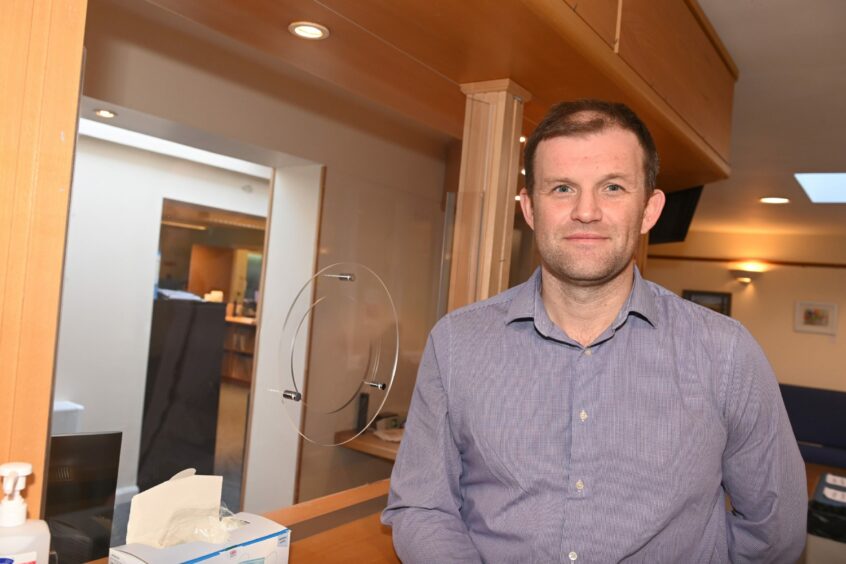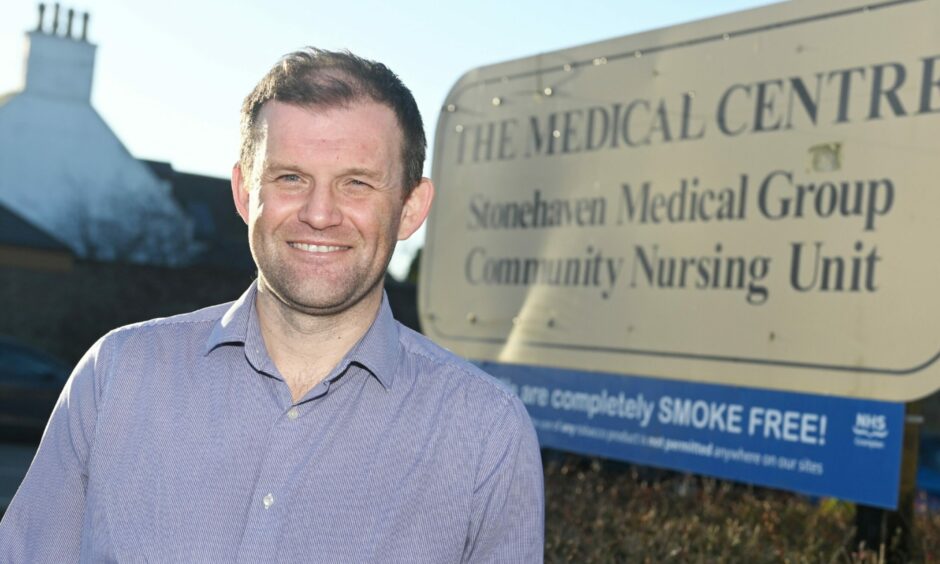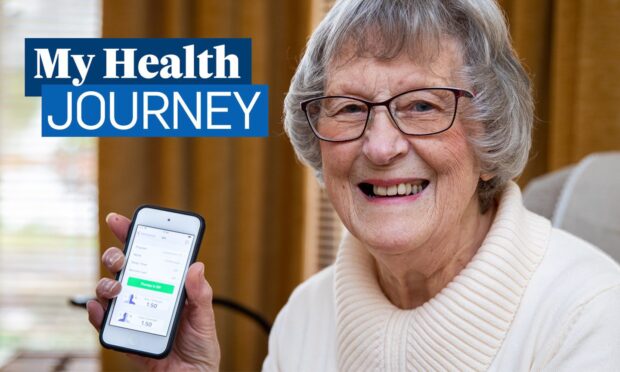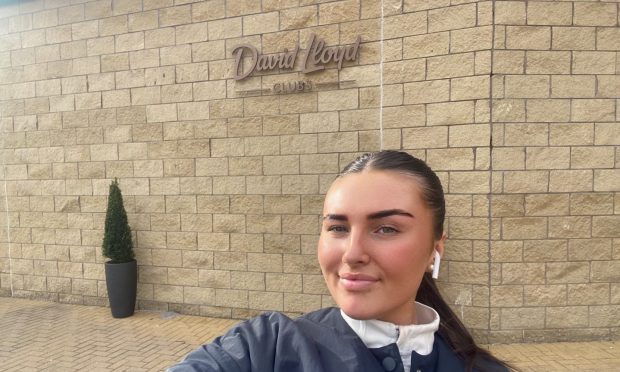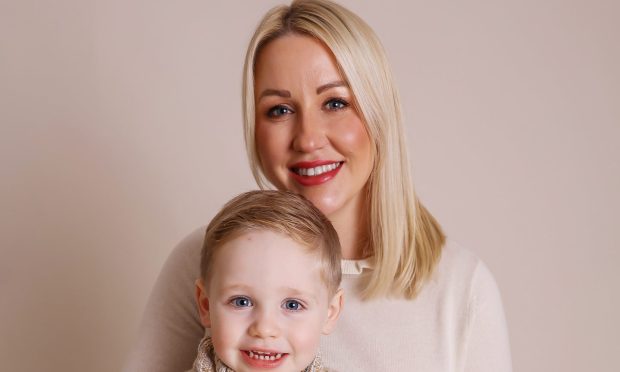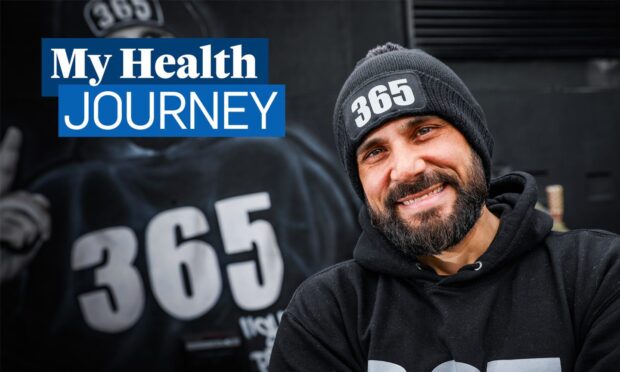It’s the issue that’s caused much debate and controversy over recent months – face-to-face GP appointments.
Changing ways of working through the pandemic have meant more appointments are now delivered over the phone and virtually.
GPs stress face-to-face appointments have been, and still are, available, but demand is still outstripping capacity.
And as we face Omicron and other pressures, the health service admits it’s on course for a difficult winter.
Is it time to rethink the way GP practices deliver care? And could the future be MORE services online?
The Scottish government says it is awaiting results of a scoping exercise on the potential of future digital developments.
We spoke to a GP who says it’s time to look differently at the issue and explained how he’s used a digital answer to a very human problem.
Dr Kris McLaughlin, full time partner and GP at Stonehaven Medical Practice, implemented a digital screening tool called eConsult back in 2018.
He says data shows it has helped reduce calls to the practice, freed up GP time for patients who need it and given support to patients which they have rated highly.
What is eConsult?
It’s an online service that is free for patients to use.
You can get help and advice on a range of ailments from your doctor or GP practice without having to make an in-person appointment.
The system is used widely in England, and is now available in more than 3,200 practices and to 29 million NHS patients across the UK.
Stonehaven Medical Practice and others in Grampian are now using the system.
How does it work?
If your GP practice is using the scheme, there’s a range of ways it can help you.
You can go online to search for help and advice for your symptoms – for example, if you have back pain you can find:
- Self-help from NHS Inform.
- How to get help from a pharmacist.
- How to self-refer to a physiotherapy service.
If you still want help and advice from a GP, you can send through detailed information to the practice who will then decide on the right care.
Is it safe though?
Dr Kris says: “Although it’s an online tool, the patient is asked at least a dozen to 15 detailed questions.
“Some are multiple choice, some free text – so patients can explain and expand on how they are being affected.
“Those questions have been designed by working GPs. It’s thorough, safe and robust.
“It also has an added safety net.
“For example if you answered you had severe or serious symptoms the system would tell you to stop and escalate as appropriate by phoning NHS 24 or 999.”
How many people are using it?
Dr Kris reveals since its adoption in October 2018:
- There have been 50,000 consults submitted to his practice.
- On average, each month, they receive 1,700 submissions.
- They estimate two thirds of their patients now contact them this way.
In Grampian region overall, there have been 190,000 submissions in the last six months.
That takes the region to the second highest for the use of the system in the whole of the UK.
How is it helping patients?
Dr Kris believes this use digital screening has:
- Helped patients who may have otherwise struggled to see the GP.
- Meant they have carried out an increased number of consultations.
- Freed up GPs’ time to concentrate on the patients in need of face-to-face care.
Dr Kris McLaughlin believes new e-consultation technology could help the NHS.
And despite an increase in contacts to the surgery by 30 to 40% during the pandemic, with no extra staff for the extra need:
- Digital triage has reduced phone calls to the practice by 25 to 30%.
- Seven out of 10 patients say they would be satisfied to use the service again.
What do patients think of it?
Dr Kris admits: “We know it won’t be for everyone – some patients don’t like it and that’s OK.
“But they’re still benefiting as it’s easier to get in touch because the system has meant incoming calls have dropped by a third.
“The phones are less busy so they spend less time getting through.
“And for those who do like to use the system, it means they can complete a submission in their own time when it suits them and don’t take time out of their day travelling to the surgery.”
Is digital triage being rolled out?
We asked the Scottish Government if there are plans for a rollout.
They stress face-to-face GP consultation remains a key part of services in Scotland.
Digital technologies would be used to supplement non-digital services and patient need remains the most important factor, they add.
But a spokesperson says: “Working with GP representatives and wider stakeholders, we are developing a programme to support further exploration of how the prospective benefits of digital triage and other systems for patients and practices can be more consistently realised.
“We also expect to receive the findings from an NHS scoping exercise, to better understand the evolving market place and its potential, early next year.”
